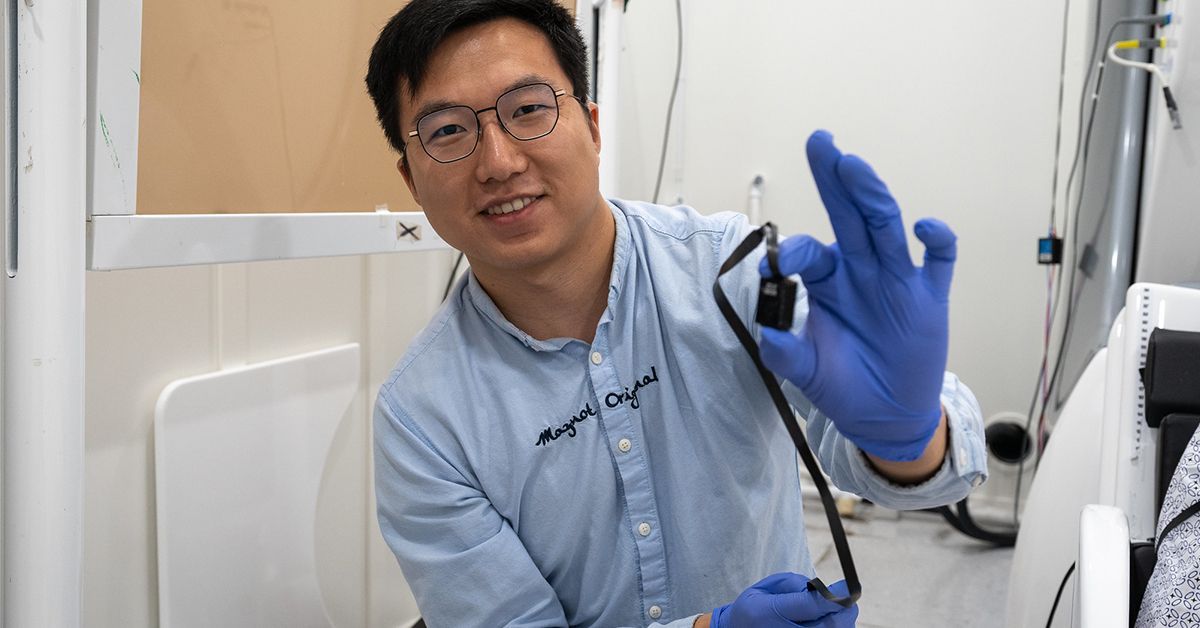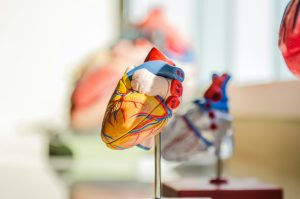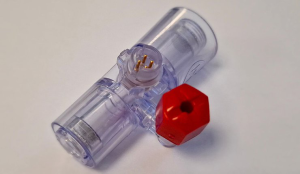From the ancient Egyptians leveraging electric fish to alleviate headaches to the groundbreaking invention of pacemakers in the 1950s, bioelectronic medicine has traveled a long and fascinating journey. This cutting-edge field, which uses electrical signals rather than traditional drugs to diagnose and treat diseases, is now poised for a transformative leap forward.
With recent advancements charted by Imanuel Lerman and his team at the UC San Diego Qualcomm Institute, the path ahead for bioelectronic medicine is clearer than ever.
Mapping the Future of Bioelectronic Medicine
Dr. Lerman’s research, published in the peer-reviewed journal Bioelectronic Medicine, serves as a comprehensive roadmap for the field’s future. Supported by Convergent Research, a nonprofit dedicated to fostering impactful multi-entity projects, the study highlights both the current state of bioelectronic medicine and the immense possibilities that lie ahead.
“This paper is intended to be a roadmap to the future of the bioelectronic medicine field,” Lerman explained. With 180 references, the publication ensures accessibility for anyone eager to delve deeper into this promising domain.
Current Achievements and Emerging Techniques
Bioelectronic medicine has already secured a significant role in modern healthcare. Implantable devices, approved by the U.S. Food and Drug Administration (FDA), are being used to manage conditions such as Parkinson’s disease (via deep brain stimulation), spinal injuries (via spinal cord stimulation), and various disorders like epilepsy, depression, and migraines (via vagus nerve stimulation).
Noninvasive techniques are now expanding the field’s horizons. Transcranial magnetic stimulation (TMS), for instance, was initially approved for treating depression in 2008 and has since been adapted for conditions like migraines, obsessive-compulsive disorder, and smoking cessation. These noninvasive methods eliminate surgery-related risks while offering a host of advantages over conventional pharmaceuticals.
Dr. Lerman and his colleagues see a significant opportunity in this emerging field of noninvasive neuromodulation. “The potential for scale is immense,” Lerman noted. Devices powered by electricity or batteries can utilize the body’s natural systems to combat inflammation without the logistical challenges associated with drug storage or distribution.
Toward Personalized and Adaptive Medicine
One of the most exciting prospects in bioelectronic medicine is the development of closed-loop systems—devices that pair with sensors to deliver treatments tailored to an individual’s needs. These systems could monitor patient biomarkers in real time, continuously adjusting treatments for maximum efficacy. Unlike traditional medications with fixed dosages, bioelectronic devices could redefine personalized medicine, offering dynamic and responsive care.
While challenges remain in realizing fully autonomous closed-loop systems, their potential to revolutionize healthcare is undeniable. By adapting treatments based on real-time feedback, these systems promise a future where medical interventions are not only more effective but also uniquely tailored to each patient.
Unlocking Diagnostic Potential
Beyond treatment, bioelectronic medicine holds promise as a powerful diagnostic tool. Research suggests that the body’s unique responses to different pathogens can be identified and used to guide targeted interventions. By building a comprehensive “pathogen library,” researchers aim to decode these responses and deploy precise neuromodulation techniques to mitigate infections and reduce their severity.
For example, monitoring the autonomic nervous system—particularly the vagus nerve—could provide critical insights into disease signatures. Such advancements could lead to breakthroughs in diagnosing and treating infections with unparalleled precision.
Addressing Mental Health Through Innovation
Bioelectronic medicine’s potential extends to mental health, a domain increasingly linked to inflammation and immune system activity. Disorders such as post-traumatic stress disorder (PTSD), major depressive disorder, and generalized anxiety disorder are deeply intertwined with the neuro-immune axis. Research indicates that inflammation, whether originating in the brain or the gut, plays a significant role in these conditions.
Lerman suggests that bioelectronic devices could assess brain inflammation to measure the severity of mental health disorders and administer targeted treatments. Tools like autonomic neurography (ANG) could stratify mental health conditions with unprecedented precision, offering a new level of guidance for clinical trials and therapeutic interventions.
Driving Innovation Through Collaboration
The progress achieved in bioelectronic medicine owes much to collaborative efforts supported by organizations like the Defense Advanced Research Projects Agency (DARPA), the National Institutes of Health (NIH), and others. These partnerships have enabled groundbreaking research and paved the way for future innovations.
A Vision for Tomorrow
While the road ahead is filled with challenges, the potential of bioelectronic medicine to reshape healthcare is boundless. From individualized treatments to transformative diagnostics, the possibilities are as exciting as they are diverse.
“There is still a lot of work ahead of us,” Lerman acknowledged, “but these next-generation systems have much potential for new avenues of individualized and adaptive treatment.”
As bioelectronic medicine continues to evolve, it stands as a testament to the power of innovation, collaboration, and the enduring quest to improve human health.










